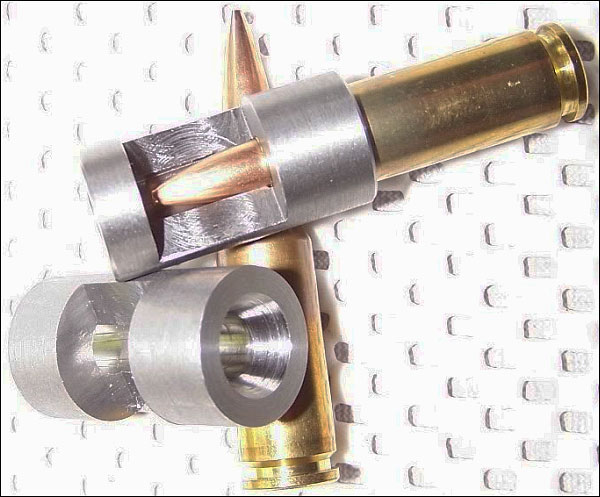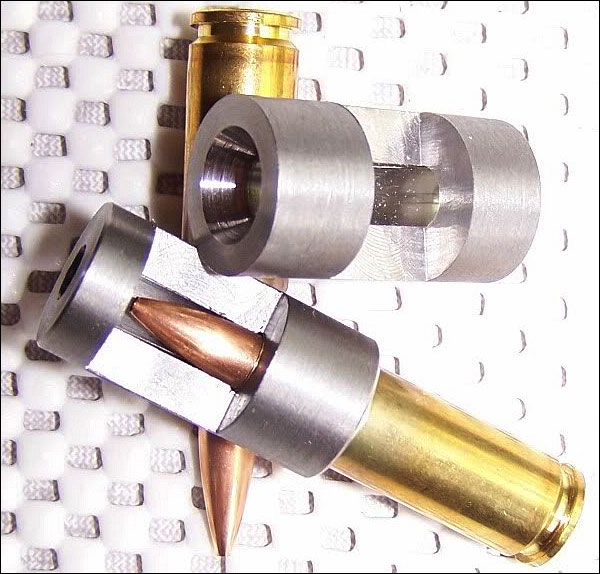Magpul Moves Manufacturing Operations to Wyoming
 After Colorado banned full-capacity magazines, Magpul Industries began looking for a more gun-friendly location. After considering various options, Magpul Industries has decided to move its manufacturing, distribution, and shipping operations to Cheyenne, Wyoming. The company said it plans to lease a 58,000-square-foot manufacturing and distribution facility while a new 100,000-square-foot facility is being completed in Cheyenne. Magpul also plans to move its corporate headquarters to Texas. Magpul Industries currently employs over 200 people in Colorado, contributing over $80 million annually to Colorado’s economy. Colorado can kiss that $80 million goodbye, as Magpul plans to move virtually all operations to Wyoming or Texas.
After Colorado banned full-capacity magazines, Magpul Industries began looking for a more gun-friendly location. After considering various options, Magpul Industries has decided to move its manufacturing, distribution, and shipping operations to Cheyenne, Wyoming. The company said it plans to lease a 58,000-square-foot manufacturing and distribution facility while a new 100,000-square-foot facility is being completed in Cheyenne. Magpul also plans to move its corporate headquarters to Texas. Magpul Industries currently employs over 200 people in Colorado, contributing over $80 million annually to Colorado’s economy. Colorado can kiss that $80 million goodbye, as Magpul plans to move virtually all operations to Wyoming or Texas.
Richard Fitzpatrick, Founder, President, and CEO of Magpul Industries, said that Magpul had no choice but to leave when Colorado outlawed Magpul’s “core products”. The company began a nationwide search for a new base of operations after legislation was enacted in Colorado that restricted the sale of firearms accessories — the core of Magpul’s business.
Magpul plans to transition 92% of its current workforce outside of Colorado within 12-16 months and will maintain only limited operations in Colorado. “Moving operations to states that support our culture of individual liberties and personal responsibility is important,” explained Fitzpatrick, who added: “This relocation will also improve business operations and logistics as we utilize the strengths of Texas and Wyoming in our expansion.”














 Redding is now offering Micro-Adjusting Taper Crimp Dies for the .223 Remington (5.56×45) and .308 Winchester (7.62×51), the two most popular cartridges used in competitive rifle shooting. New for 2014, these top-adjusting, micrometer-style dies, you can adjust crimp precisely without having to back-out the die and reposition the lock ring.
Redding is now offering Micro-Adjusting Taper Crimp Dies for the .223 Remington (5.56×45) and .308 Winchester (7.62×51), the two most popular cartridges used in competitive rifle shooting. New for 2014, these top-adjusting, micrometer-style dies, you can adjust crimp precisely without having to back-out the die and reposition the lock ring.




